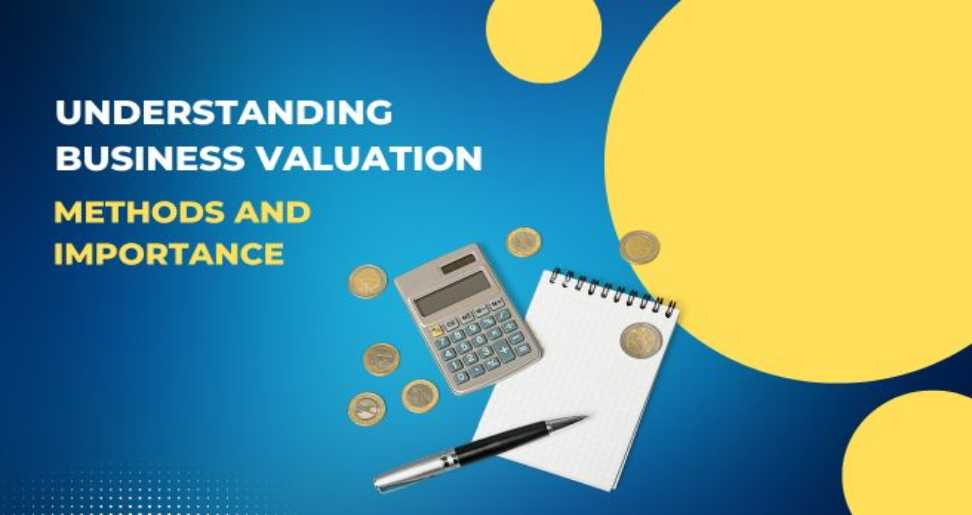To understand a business valuation, one needs to comprehend that when a business owner is planning to sell their company, whether for cash out or handing over operations to novel management, both parties must know the company’s esteemed value. Generally, Investors and individuals often tend to use various t methods to figure out this kind of value, considering the company’s debts, assets, as well as liabilities.
Understanding business valuation assists finance experts as well as business leaders make enlightened decisions about various investments as well as finances. Such an article explains what business valuation means for CA exams, explores multiple methods companies can tend to use, and the best part of professions where knowledge of these methods is crucial.
What Is understood as Business Valuation?
Business valuation assesses the worth of a business using various methods. Such methods often consider assets such as equipment, inventory, and property, along with multiple factors such as projected earnings and management structure.
Business owners often seek to evaluate when selling their company, applying for a business loan, or lucrative investors. Such a method is chosen depending on factors such as company size and industry.
Apart from determining value for sales or investments, business appraisers tend to use valuation tools for different purposes, such as resolving disputes in divorce settlements or approximating shares for taxes. In a certain legal case, an impartial forensic accountant might be attained to perform the valuation. Valuation is also vital for tax reporting, as the IRS requires businesses to pay taxes based on their fair market value.
Methods of Business Valuation
Business Valuation can be done through the following methodologies.
Market Value
Calculating the market value of a business involves comparing it to likable companies in the region that have lately sold their assets. Such a method depends on accessing enough market data on competitors, which can be considered tough for sole proprietors since this data might not be always available.
Such an approach can give a rough estimate of a business’s worth, it’s not precise and often depends on flexible factors. It could prove as a beginning point for estimating a business’s value, but relying solely on this method may not be advisable due to its unreliability.
Asset-Based Value
Asset-based Business Valuation often depends on a company’s assets compared to its total liabilities, as shown on its balance sheet. There are two main factors which are mentioned as follows:
- Going concerned: Such a method assumes the company has to continue operating and not sell its assets immediately.
- Liquidation value: Such a method assumes the company plans to sell its assets immediately. It generally calculates the net value the company could earn by selling its assets if it is taken as a ceased operation.
ROI-Based Method
The ROI-based approach assists investors and businesses in figuring out how precious a company is by looking at how well it performs over a certain period. This assists them in making smart guesses about how much money they could make in the upcoming future. Investors have to also check the company’s net income to see if it’s making a profit. Analyzing the return on investment abbreviated as (ROI) can often offer insights into how financially sound a company could be.
Capitalization of Cash Flow
Such an approach is generally used when a company anticipates steady growth in the future. It assumes a particular source of profit that would continue to grow regularly over a certain period. Such a method is often applied when evaluating mature companies that aren’t casually expected to grow much more in the upcoming future.
Discounted Cash Flow
Businesses and investors search for value in this strategy for assessing possible investment returns. For various individuals, the discounted cash flow method provides pliability to encompass changes in growth, accounts payable, and various other factors over time. Companies opted for such mainly when foreseeing varying growth rates or analyzing the various effects of accounts payable payments.
Have a Look :-
- Job Opportunities in Electric Utilities
- A Guide to Cancelling Spectrum Internet
- Stitching Up Your Future: Is Apparel a Good Career Path?

